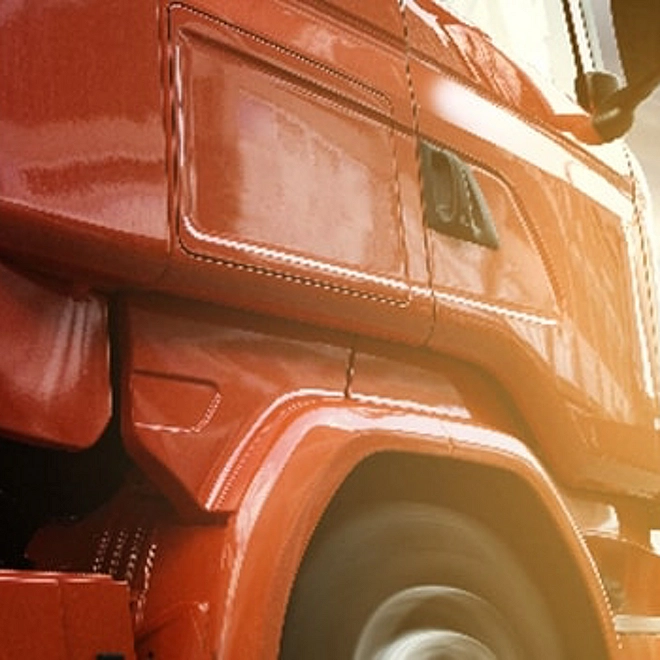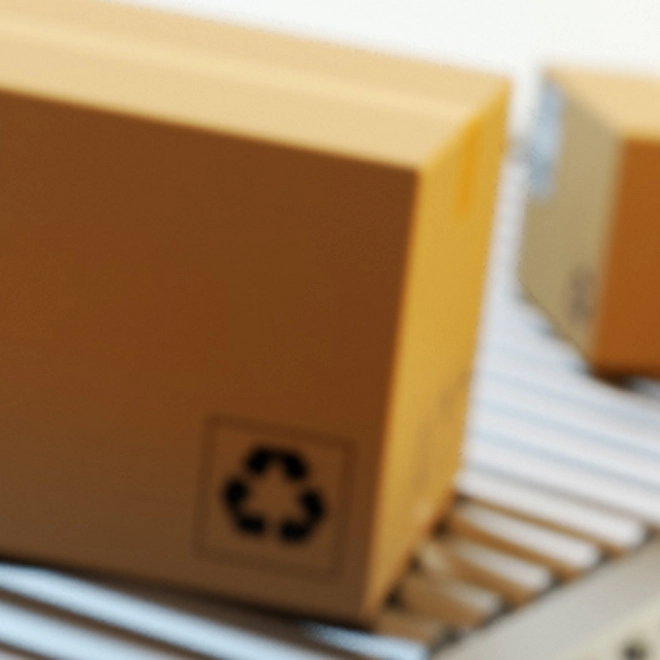Last mile delivery landscape in the food & beverage sector
Last mile delivery in the food and beverage (F&B) sector is more mature than other sectors. The F&B sector witnessed steady innovation and evolution in last mile delivery over the last decade, but the pandemic in 2020 turned the stable growth into a rapid transformation, with emergence of new models to meet flooding consumer demand. Pre-COVID, customers were already inclined towards higher convenience and digital connections in the F&B delivery space. The beginning of the pandemic only sought to amplify focus on safety and lead to many ad-hoc innovations, primarily centering on the ‘safe delivery of everything’. Consistent with that, recent Deloitte survey[1] results state, “…more than ever, customers just want to get their food and go. During COVID-19, they’ve started ordering takeout and delivery more often (delivery and takeout orders have continued to increase, up 14% to 68%), and almost half of our survey respondents say they don’t see their habits going back to pre-COVID-19 levels anytime soon.”
The most dramatic last mile disruptions within the F&B space have revolved around digital customer engagement, touchless/contactless delivery, hybrid operating models with high levels of automation, and industry collaborations. In the long-term, F&B delivery innovation, for fresh or prepared goods, is likely to maintain an upward growth trend driven by a permanent shift in customer priorities including:
- From delivery of products just for convenience to focus on both safety and ease
- Increased comfort level and willingness to get products associated to basic needs also delivered
The difference in maturity of last mile infrastructure and regulations may lead to differences in the growth trajectory of delivery across geographies. Last mile delivery providers are likely to continue investing in post-purchase experience, speed, and flexibility of delivery, as well as solutions addressing safety based on geographic feasibility.
Key trends — F&B sector
In 2020, F&B players focused on fast, short-term solutions as a response to the COVID delivery demand surge. However, with global economies reopening, the F&B last mile delivery ecosystem is likely to witness fruitful longer-term growth opportunities. But with such possibilities of rapid growth, there are also potential threats. One of the primary hurdles is the substantial competition within the sector, which could pressurize sector players to evolve too quickly.
Observations and trends from the rapidly transforming F&B last mile delivery ecosystem:
Shifting expansion priorities—hybrid models are the new go-to-channel
- To serve the ever-changing demand trends better, F&B players are making changes in their delivery and takeout channels through an increased use of hybrid-omnichannel channel strategies as well as accelerating the buy online pick in-store (BOPIS), subscription model, and direct-to-customer (DTC) services.
Addressing safety—key to success in the post-pandemic world
- ‘Safe’ last mile delivery has become crucial for F&B delivery services than ever before. Data from Deloitte’s consumer tracker indicates that while ~50 percent of the customers feel comfortable/safe going to a store post the pandemic, only 35 percent feel safe in eating in a restaurant, making investment in safe delivery a continued priority for F&B players.
Rebuilding customer trust through lasting customer experience—Can F&B delivery ever match the value associated to a dine-in experience?
- With brands trying to recreate dine-in experience at home, customer experience that accompanies F&B deliveries act as a game changer for brand image.
Growing F&B delivery—progressing to become a crucial consideration/offering to drive growth and retention
- During the pandemic, businesses with owned delivery systems had a huge advantage, making others realize the importance and advantages of this add-on service. Businesses without an in-house delivery system leaned heavily on third-party last mile providers, driving extensive sector-wide partnerships and collaborations. Consumers are choosing a F&B player who can get their food and beverage to them on their terms—via quick, safe, and flexible delivery options.
Varying customer behavior—will customers’ willingness to pay a premium for delivery last?
- At the peak of the pandemic, consumers were willing to pay a premium for safe and fast delivery. Evidence of the same can be found in multiple Deloitte’ reports such as, “Last mile delivery after COVID-19”[2], “The restaurant of the future arrives ahead of schedule”[3], and the “Future of Fresh—patterns from the pandemic”[4]. However, with the lockdowns easing, drop in movement restrictions, safety perceptions improving, and vaccine rollouts, consumers are considering cost-efficient options like self-pickup from a convenient location, indicating that their willingness to pay a premium for delivery may have diminished.
Overcoming challenges and optimizing last mile delivery
F&B players are prioritizing the use of technology, operational restructuring, and network expansion, to respond to challenges and optimize last mile delivery in the sector
Region in focus – growth traction by geography
According to the recent Deloitte consumer tracker results, delivery intentions for many nascent and mature categories have declined. Variation in online purchases, particularly in restaurants category, vary significantly. Online delivery for restaurants recorded a considerable drop in the AP region between August ’20 to November ’20 but started gaining momentum again between November ’20 and January ’21. In contrast, during August ’20 and January ’21 online purchase intentions from restaurants grew across Europe.

Regional insight and takeaway:
Despite relative improvement in consumer confidence regarding visiting stores and restaurants, emergence of new concepts like cloud/ghost kitchens is gaining traction and driving the need for a strong localized last mile ecosystem. From a category-based differentiation perspective, in many geographies, COVID’s initial peak drove a surge in online grocery spend, while spending on food deliveries witnessed decline. Now in the recovery phase, spend on food delivery apps is nearly double than 2019 levels, while online spending on groceries is approaching pre-COVID levels.
Conclusion
The last mile delivery landscape in F&B in the post pandemic phase appears to be relatively mature, different, and disrupted but evolving in a direction that is innovative and loaded with opportunities for sector players. New concept like cloud kitchens and adoption of innovative technology solutions such as autonomous deliveries could be crucial drivers in the coming years. While many such innovations have already started entering the F&B space, wider adoption of it in the mid-long term will help the sector evolve further and provide new enhanced standards of customer convenience, responsiveness, flexibility, and safety.
Sources:
[1] https://www2.deloitte.com/us/en/pages/about-deloitte/articles/press-releases/deloitte-the-restaurant-of-the-future-arrives-ahead-of-schedule.html
[2] Last mile delivery after COVID-19
[3] https://www2.deloitte.com/us/en/pages/about-deloitte/articles/press-releases/deloitte-the-restaurant-of-the-future-arrives-ahead-of-schedule.html
[4] https://www2.deloitte.com/us/en/insights/industry/retail-distribution/future-of-fresh-food-sales/pandemic-consumer-behavior-grocery-shopping.html


